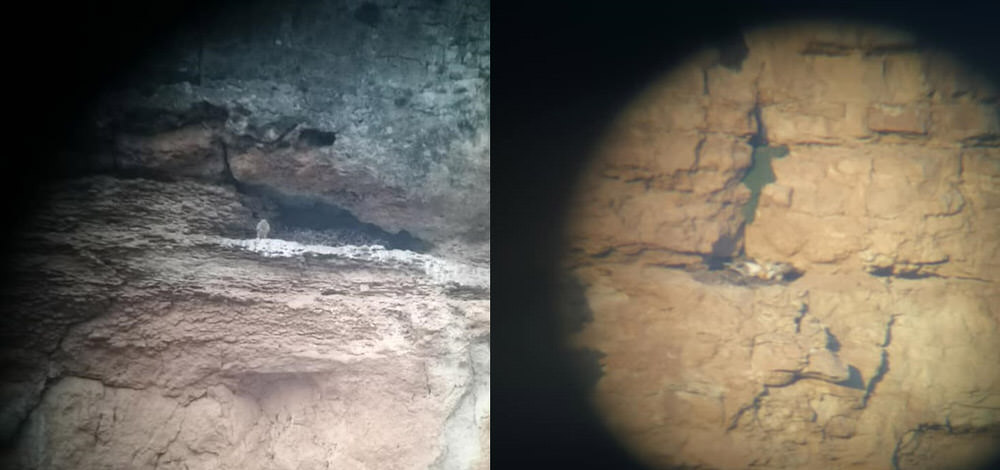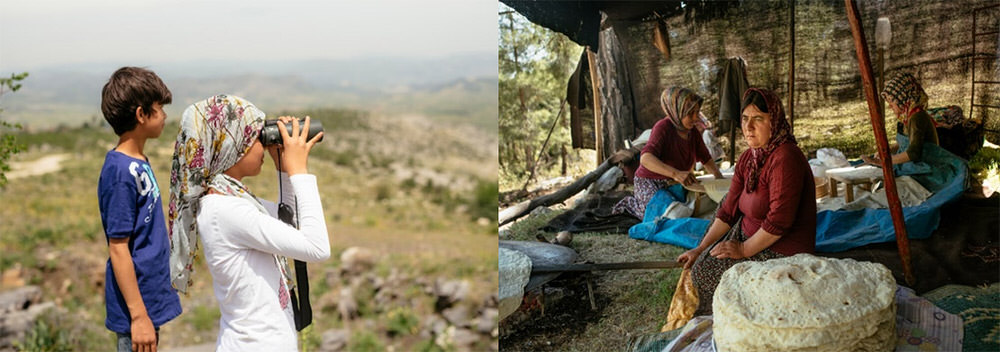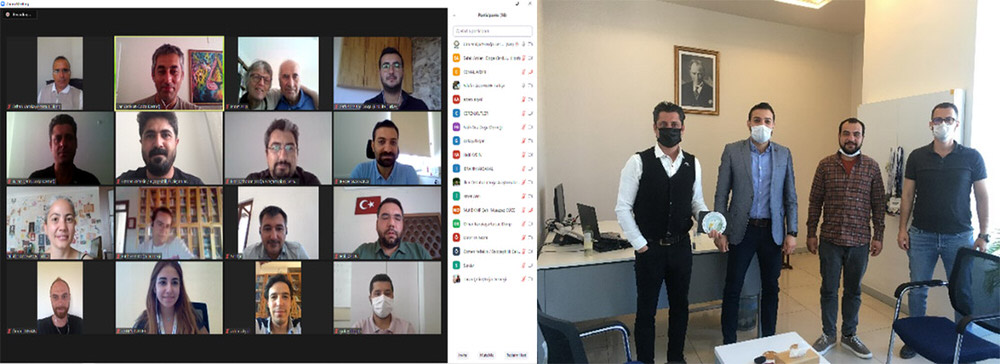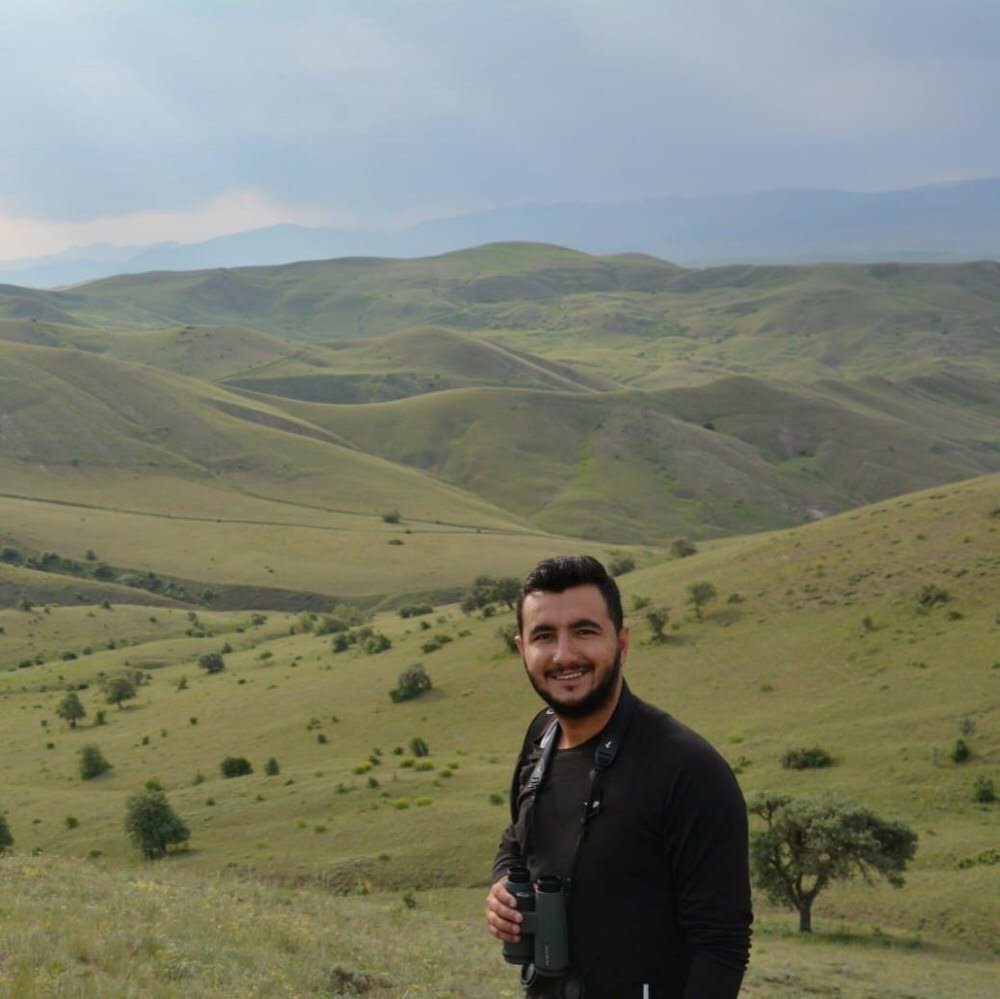Decreasing the mortality rate of Egyptian Vultures during migration in Turkey
Guest blog by Safak Arslan

Mersin Study Area (Photo: Mahmut Koyaş)
The Egyptian Vulture Neophron percnopterus is globally threatened and one of the species which is in most rapid decline across its range including the Eastern Europe populations.
It is the smallest of the four vulture species in Turkey and is classified as Endangered on a global scale according to the criteria set by the BirdLife International and the International Union for Conservation of Nature and Natural Resources (IUCN). Studies on the breeding areas of the species – there are an estimated to be 1000-2000 pairs in Turkey – are very limited and information about most regions is almost zero. The best-studied area is Ankara Beypazarı, and we detected 90 pairs breeding there in 2020, thanks to the OSME Trevor Poyser Species Conservation Fund.
Although Mersin Bolkar Mountains are an important location for the breeding population of the Egyptian Vulture, the number and locations of nests were unknown. Mersin also has the feature of being a congregation site and bottleneck during migration. We have determined that the most critical threat in this area is electrocution. In this context, we started a project in 2021 to determine the breeding areas of the Egyptian Vulture and identify hazardous power lines.
Findings
We conducted fieldwork four times with a total of 43 days in the Mersin and Adana regions, which are significant migration bottlenecks. This year, we identified the Egyptian vulture territory in the Mersin Bolkar Mountains, which has not been studied in Turkey before. We identified eight active nests and 13 potential nests in the Bolkar Mountains. The numbers for this area are presented for the first time in Turkey.

Then, we lobbied the electric company for the isolation of power lines, which is the biggest threat to Egyptian Vultures, to both migratory and breeding populations. We carried out fieldwork to control 42 km of power lines in Mersin and Adana provinces. According to our study on the identification of hazardous lines in Mersin and Adana, a total of 63 poles were identified for isolation; 39 of poles them has been isolated and 24 of poles are under an isolation process by the power line company. We are closely following up the progress of these isolation efforts.

We have visited the nomad populations in Mersin region who are very much supporting the wildlife food chain. We had conversations to raise their awareness and to find out their relationship with the vulture. We believe it is important to study the activities of these nomads to help with the protection of the Egyptian Vulture.

In parallel with the field studies carried out in the spring and autumn periods, meetings were held with electricity distribution companies and other decision-makers. At the same time, on July 26, 2021, a workshop with 25 people was held online with the personnel of the electricity distribution company, experts, and decision-makers. All the data obtained was mapped and shared with the electricity distribution company. Isolation examples were mentioned during the workshop. The types of threatening powerline implementations and detection methods were shared and discussed.

Threats
Habitat loss is one of the main threats in the study area. There are on-going road tunnel construction project facility near nesting sites, which are disturbing the species. The potential nesting area is located above the tunnel entrance. During the fieldwork carried out at the end of April, it was observed that two individuals occupied the area. However, none were observed during fieldwork in August. They may have left the area due to noise or breeding may have failed. Power lines have been identified as another major threat. Some of the hazardous lines have been identified in Mersin and Adana – lines which have had a caused the deaths of many White Storks. Although Egyptian Vulture deaths were not observed, these lines are also a possible threat to them, because they use the same route during migration and spend the night in similar areas. Another important threat is poisoning. There are intensive chicken farms in the study area. These chicken farms have to bury the dead chicks according to the law, but some farms do not comply with this law and throw them openly on the land. There is always a risk of poisoning for individuals who feed on discarded carcasses and open dumps. This risk is also intense in the Bolkar Mountains region. Although it is known that the threat of direct persecution is not intense, a comprehensive study on this issue is required.
Future Plans
Outputs of the project provide enhancement to conservation efforts for the Endangered Egyptian Vulture. At the same time, the project was very successful on engagement with decision-makers and the electricity company. Therefore, there is a big opportunity to complete the work of isolating power lines in the region. In the coming years we are planning to work with the nomads to build a network for the vultures’ long-term conservation. Moreover, identification of the hazardous power lines in Mersin and Adana should be finalized and isolation should be secured. At the same time, we want to determine all nesting areas and monitor breeding success in the region.
Acknowledgement
This work was carried out in the framework of the LIFE project “Egyptian Vulture New LIFE” (LIFE16 NAT/BG/000874, www.LifeNeophron.eu) funded by the European Union and co-funded by the Ornithological Society of the Middle East the Caucasus and Central Asia.

Şafak Arslan is the Biodiversity Coordinator of Doga, responsible for their monitoring and conservation programme. Doga is the BirdLife International Partner in Turkey.
